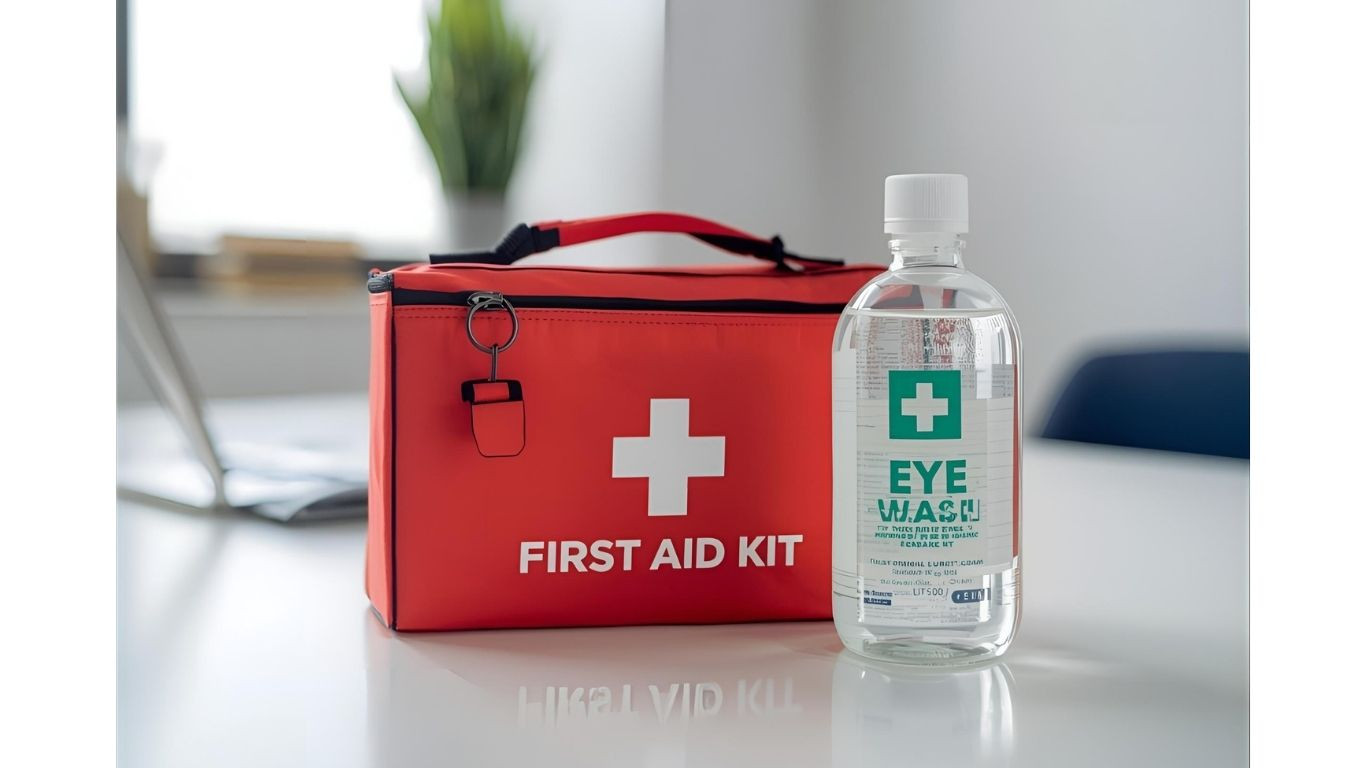29th October is World Stroke Day, and this year’s campaign is dedicated to spreading awareness of the signs and symptoms of a stroke and the vital need to #Act FAST.
What is a stroke?
A stroke is essentially an attack on the brain; blood flow to part of the brain is disrupted, or reduced, stopping brain cells from getting the oxygen they need. When the cells are starved of oxygen, they die, which is why early recognition and emergency care are absolutely critical.
Key Stroke Facts
- 1 in 4 people in the UK will experience a stroke during their lifetime.
- It is estimated that someone in the UK suffers a stroke every five minutes.
- Immediate emergency treatment can save lives and improve recovery outcomes.
What causes a stroke?
The majority of strokes are preventable through healthy lifestyle choices and risk management. The main risk factors include;
- High blood pressure (hypertension)
- Atrial Fibrilation, AF, or irregular heartbeat
- Smoking
- Physical inactivity or lack of exercise
- Poor diet
- High cholesterol
- Diabetes
- Stress and depression
- Excessive alcohol consumption
If you’re concerned about your risk, talk to your GP about ways to reduce it through regular check-ups and healthy habits.
How to recognise a stroke – Act F.A.S.T.
If you suspect that someone is having a stroke, use the FAST test;
- Face Does their face look uneven? Can they smile? Is there drooping around the mouth or eye?
- Arm Can the casualty raise both of their arms?
- Speech Is their speech slurred or different? Can they understand you?
- Time If you notice any of these signs, call 999 immediately.
Whilst waiting for emergency help, carry out the following first aid measures;
- Keep the casualty comfortable and if they are conscious, ideally with their head and shoulders raised.
- Monitor until emergency help arrives and be prepared to administer CPR.
- Even if symptoms improve, seek medical help — it could be a Transient Ischaemic Attack (TIA), also known as a mini stroke, which can lead to a major stroke if untreated.
- If your casualty passes the FAST test but you suspect that something isn’t right, call 999 for emergency assistance immediately.
At Help! First Aid Training, we teach how to recognise and respond to strokes and other medical emergencies as part of our accredited first aid courses, including:
· Emergency First Aid at Work (EFAW)
· First Aid at Work (FAW)
· Requalification First Aid at Work
We deliver regular open courses at our Shildon Business Centre in County Durham and offer onsite first aid training for businesses across the North-East.
From Barnard Castle to Bishop Auckland, Spennymoor to Sunderland, Catterick to Consett, and beyond we offer training to businesses, schools, colleges, nurseries and individuals, providing H.S.E. (Health and Safety Executive) compliant training.
If you’re an employer in the construction industry, remember that CITB grants may cover up to 70% of your training costs.
Website: www.helpfirstaidtraining.co.uk
Email: info@helpfirstaidtraining.co.uk
Call us: 01388 417303
CITB Info: www.citb.co.uk
Statistic source; www.world-stroke.org
Related News
First Aid for Diabetes: How to treat Hypoglycaemia and Hyperglycaemia
In this guide, Help First Aid Training explains the main types of diabetes, how to spot symptoms of low blood sugar and high blood sugar, and what steps to take...
How Do I Treat a Burn?
It's Bonfire Night, a time for wrapping up, drinking hot chocolate and heading out to see the skies light up.
How do I treat an eye injury?
An injury to your eye can be serious and can happen anywhere. Here's Help! First Aid Training's guide on how to treat an eye injury safely and effectively.



